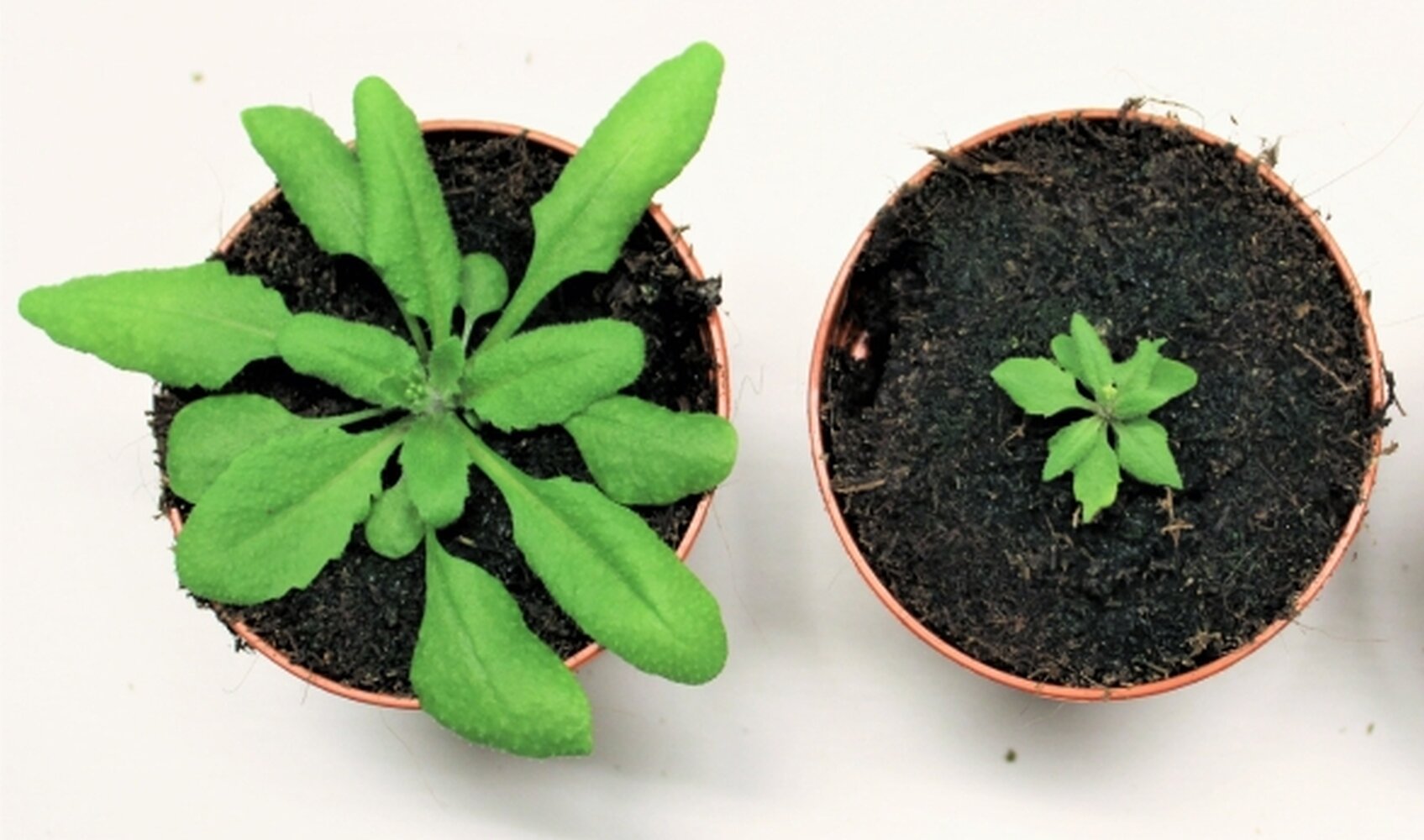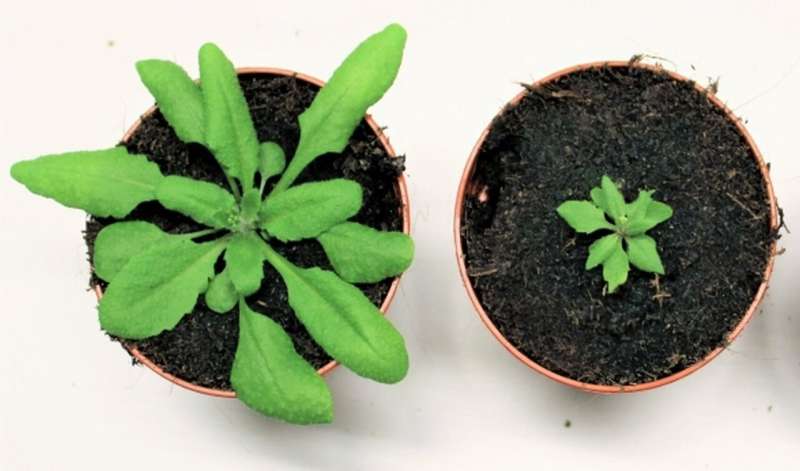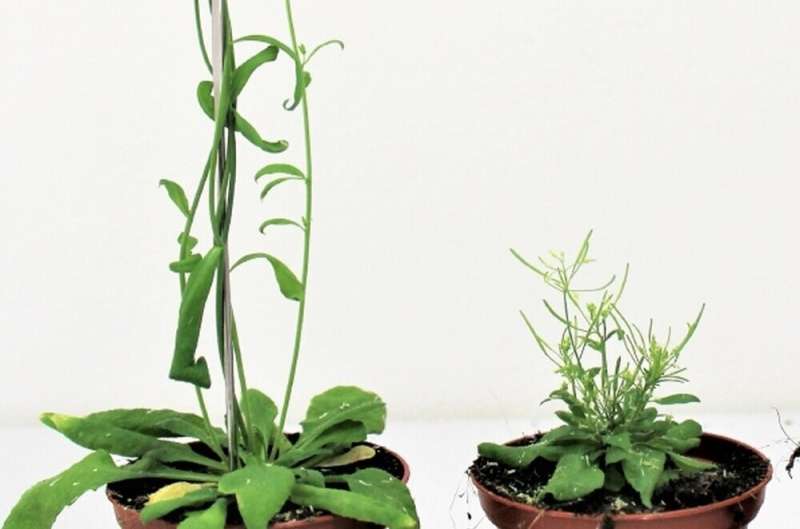

Plants have a sophisticated mechanism for monitoring the production of new proteins. The U1 snRNP complex ensures that the protein blueprints are fully completed. This is important because cells tend to halt the process prematurely. This type of quality control, so-called telescripting, was previously known to exist only in animal cells.
A research team led by the Martin Luther University Halle-Wittenberg (MLU) has now shown that a similar process also occurs in plants. The study was published in the journal Nature Plants.
Plant cells need proteins to function. They control all of the plant’s vital processes, for example growth and metabolism. The blueprint for new proteins lies in a plant’s genetic material, or more precisely in its genes.
“The information is encoded, and the genes need to be read and transcribed from DNA into RNA. Those RNA molecules are the blueprint for proteins, the step-by-step assembly instructions,” explains Professor Sascha Laubinger, a plant geneticist from MLU.
In the new study, their team investigated how plants ensure that those blueprints are produced correctly. “The RNA also contains sections that are not necessary for the production of proteins. These have to be recognized and cut out in advance. This is done by a spliceosome, which also joins the relevant gene information,” continues Laubinger.
There is no room for error in this process: even minor changes to the RNA can result in defective proteins. Genes also have several sites at which the transcription process can be unintentionally halted.
About 10 years ago, researchers discovered a mechanism in animals that keeps the transcription of DNA to RNA running: telescripting.
“The U1 snRNP complex has a dual function: as part of the spliceosome, it helps to ensure that relevant gene information is properly spliced together. It also ensures that the transcription process is fully completed. This second mechanism is known as telescripting,” explains Laubinger. Until now, it was unclear whether this process also existed in plants.

To test their hypothesis, the researchers used the model plant Arabidopsis thaliana. They artificially produced plants in the laboratory that contained few U1 snRNP molecules. “We were able to reduce the concentration to around 10% of the normal amount. Anything below that meant the plant would no longer be viable,” says Laubinger.
Visually, the plants already differed greatly from their normal counterparts: They were significantly smaller and their leaves were stunted. The researchers analyzed the activity of all of the genes in these plants and looked for shortened RNA snippets. These are an indication that the transcription from DNA to RNA was prematurely halted.
The team found several hundred instances. “We were surprised that we found so many RNA fragments. Arabidopsis thaliana has relatively short genes, so the influence of the U1 snRNP complex on the transcription process should be rather small. Other plants, such as certain ferns and pines, have longer genes, so the effect here could be even greater,” says Laubinger.
The findings provide important insights into how gene activity in plants can be controlled. “We know that telescripting can change gene activity in human cells under heat stress,” says Laubinger. If something similar can be found in plants, this could be a way to make them more resistant to the effects of climate change, for example.
More information:
Anchilie F. Mangilet et al, The Arabidopsis U1 snRNP regulates mRNA 3′-end processing, Nature Plants (2024). DOI: 10.1038/s41477-024-01796-8
Provided by
Martin Luther University Halle-Wittenberg
Citation:
Study reveals plants have mechanism for protein blueprint monitoring that was thought to exist only in animal cells (2024, October 14)
retrieved 15 October 2024
from https://phys.org/news/2024-10-reveals-mechanism-protein-blueprint-thought.html
This document is subject to copyright. Apart from any fair dealing for the purpose of private study or research, no
part may be reproduced without the written permission. The content is provided for information purposes only.